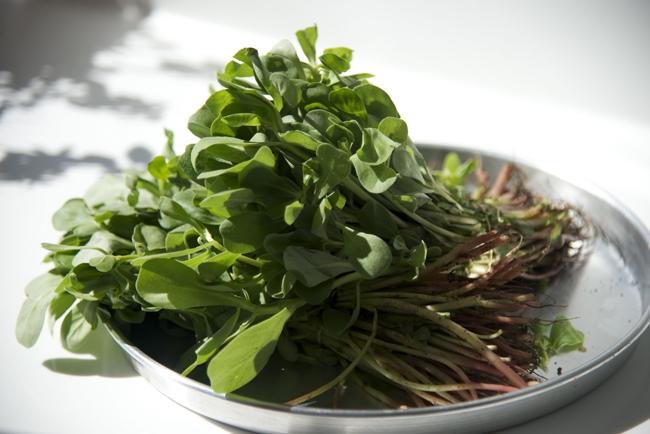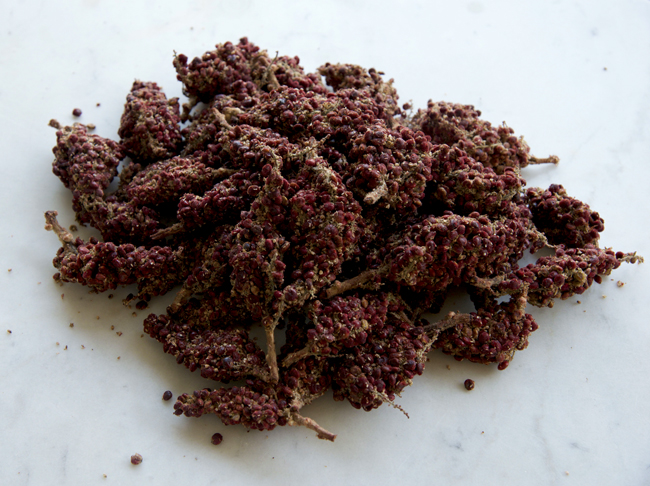16 Oct
 No visit to Lebanon, for me or for anyone elese for that matter, is complete without at least one manqousheh (or manousheh as they say it; most Lebanese people drop the q when they speak), the quintessential Lebanese breakfast. Most people will only eat manaqish (plural of manqousheh) made with their own za’tar and olive oil which they mix at home before taking it to their local baker for him to use with his dough (which by the way is the same as that for pita bread unless you are in the south but this is for another post) to make the manaqish, which are basically pizzas. The most common topping is za’tar but you can also have them topped with cheese or with cheese and za’tar or with kishk (a mixture of burghul and yoghurt that is first fermented then dried then ground very fine). The kishk is normally mixed with diced tomatoes, walnuts, sesame seeds and olive oil. These are the classic toppings but as with pizza you can use any topping you want.
No visit to Lebanon, for me or for anyone elese for that matter, is complete without at least one manqousheh (or manousheh as they say it; most Lebanese people drop the q when they speak), the quintessential Lebanese breakfast. Most people will only eat manaqish (plural of manqousheh) made with their own za’tar and olive oil which they mix at home before taking it to their local baker for him to use with his dough (which by the way is the same as that for pita bread unless you are in the south but this is for another post) to make the manaqish, which are basically pizzas. The most common topping is za’tar but you can also have them topped with cheese or with cheese and za’tar or with kishk (a mixture of burghul and yoghurt that is first fermented then dried then ground very fine). The kishk is normally mixed with diced tomatoes, walnuts, sesame seeds and olive oil. These are the classic toppings but as with pizza you can use any topping you want.
13 Oct
 Until I started researching Mediterranean Street Food, I only knew fatayer (Lebanese triangular savoury pastries) as dainty little triangles, made at home by my mother and grandmother who were uncanny in how perfectly they shaped them and how well they sealed them so that none of the juice from the filling trickled out to spoil the look of the golden triangles. I also ate fatayer in restaurants of course. They were a little less dainty and a little less sour and with more crust than filling. But somehow I had never had them from a bakery. Perhaps because my mother sent out toppings for manaqish to the bakery for the baker to make our manaqish but she always made the fatayer at home. Things change naturally and my mother is no longer so young and now has her fatayer made by Emile, our local baker whose dough is just amazing. Of course, his fatayer are not dainty — unless it is a special order bakers make large fatayer for people to have as a snack or as a quick lunch on the go — but they are just as good as my mother’s and when I saw the fresh baqleh (purslane) at the greengrocer, I bought some and asked my mother to make the filling to take to Emile for him to make the fatayer.
Until I started researching Mediterranean Street Food, I only knew fatayer (Lebanese triangular savoury pastries) as dainty little triangles, made at home by my mother and grandmother who were uncanny in how perfectly they shaped them and how well they sealed them so that none of the juice from the filling trickled out to spoil the look of the golden triangles. I also ate fatayer in restaurants of course. They were a little less dainty and a little less sour and with more crust than filling. But somehow I had never had them from a bakery. Perhaps because my mother sent out toppings for manaqish to the bakery for the baker to make our manaqish but she always made the fatayer at home. Things change naturally and my mother is no longer so young and now has her fatayer made by Emile, our local baker whose dough is just amazing. Of course, his fatayer are not dainty — unless it is a special order bakers make large fatayer for people to have as a snack or as a quick lunch on the go — but they are just as good as my mother’s and when I saw the fresh baqleh (purslane) at the greengrocer, I bought some and asked my mother to make the filling to take to Emile for him to make the fatayer.
11 Oct
 When I wrote my Lebanese cookbook more than 20 years ago, sumac was still a relatively unknown ingredient, unlike now when almost everyone knows what it is, and more to the point can find it fairly easily. Anyhow, my mother told me all about how it is picked and dried, and then ground and I put all the information in the book together with how if you picked it from the wrong plant, you could die. Thank goodness for my mother being the fount of knowledge on all things culinary in Lebanon because I had never seen sumac either on the plant, or being dried and until recently, I only knew it in its ground form. But one day, a few years back, I was walking through souk el-Attarine in Aleppo and I found stalls selling sumac on the branch (‘ala al-‘anqoud as it is described in Arabic) and whole berries after they have been rubbed off the branch; and one guy was selling it ground with the seed and ground without — I honestly could not tell the difference. And two years ago, I found it being sold on the branch driving through the south of Lebanon . However, it is only two days ago, that I finally saw the whole process.
When I wrote my Lebanese cookbook more than 20 years ago, sumac was still a relatively unknown ingredient, unlike now when almost everyone knows what it is, and more to the point can find it fairly easily. Anyhow, my mother told me all about how it is picked and dried, and then ground and I put all the information in the book together with how if you picked it from the wrong plant, you could die. Thank goodness for my mother being the fount of knowledge on all things culinary in Lebanon because I had never seen sumac either on the plant, or being dried and until recently, I only knew it in its ground form. But one day, a few years back, I was walking through souk el-Attarine in Aleppo and I found stalls selling sumac on the branch (‘ala al-‘anqoud as it is described in Arabic) and whole berries after they have been rubbed off the branch; and one guy was selling it ground with the seed and ground without — I honestly could not tell the difference. And two years ago, I found it being sold on the branch driving through the south of Lebanon . However, it is only two days ago, that I finally saw the whole process.
9 Oct
 There was a time during the Lebanese civil war and for a while after, when I spent nearly 14 years without going back to Lebanon. So naturally, the first time I went back, I wanted to eat everything I had growin up there, recovering long lost flavours that I had missed in my years abroad. But there was one thing I had lost a taste for and that was raw liver. Like most Lebanese, I ate it from when I could chew — it is a great Lebanese delicacy, often eaten for breakfast from a freshly killed lamb — but my years in London and Paris had made me somewhat squeamish, at least as far as raw liver was concerned although not for very long. After gingerly taking a bite or two, I got used again to the faintly bloody taste and the slippery texture and tucked in. And I now make a pilgrimage every time I go to visit my mother to Qal’et el-Rumiyeh where they rear and butcher their own lambs to eat all kinds of raw meat dishes including raw liver.
There was a time during the Lebanese civil war and for a while after, when I spent nearly 14 years without going back to Lebanon. So naturally, the first time I went back, I wanted to eat everything I had growin up there, recovering long lost flavours that I had missed in my years abroad. But there was one thing I had lost a taste for and that was raw liver. Like most Lebanese, I ate it from when I could chew — it is a great Lebanese delicacy, often eaten for breakfast from a freshly killed lamb — but my years in London and Paris had made me somewhat squeamish, at least as far as raw liver was concerned although not for very long. After gingerly taking a bite or two, I got used again to the faintly bloody taste and the slippery texture and tucked in. And I now make a pilgrimage every time I go to visit my mother to Qal’et el-Rumiyeh where they rear and butcher their own lambs to eat all kinds of raw meat dishes including raw liver.


